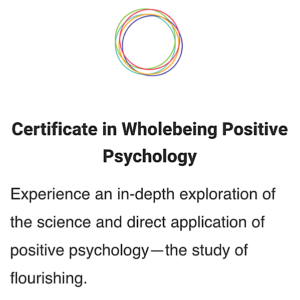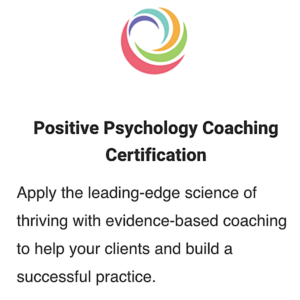by Megan McDonough
Research has shown meditation’s many benefits from stress reduction to pain management. Yet anyone who has tried to meditate knows it can be harder to sit for ten minutes than to run a mile. Let’s look at one simple way to approach what should be a simple practice … the ability to sit still.
For many, as soon as you sit and say, “Now I will meditate,” the mind shifts into high gear. Rather than settling down, thoughts speed up—coming up with a list of things to do, working on a troublesome situation, daydreaming about vacation, or even planning out what we’ll do next after this thing called meditation is over. The tendency then is to work harder to stop the mind and berate ourselves for our lack of focus.
This “trying to stop the mind” is a fundamental flaw. The mind does what it does, which is to think. Thoughts think. Emotions feel. The breath breathes.
What if meditation were more about shifting our perspective on thoughts versus beating them into submission?
Magic Eye
At first glance, a magic eye image looks like a bunch of senseless squiggles, just a colorful pattern without meaning. Cross your eyes to put your vision slightly out of focus and sometimes a 3D image pops out. If you work too hard at trying to see the image, you get frustrated. Trying to hold onto the 3D image once it is finally glimpsed usually makes it disappear. It’s only with a light touch does the right perspective yield results.
I find this a helpful metaphor for meditation practice. Rather than stopping thoughts, just practice letting them do their thing as you go about doing your thing (which is meditating). Or said another way, let your attention soften and widen so that thoughts are only wisps within a bigger canvas. Instead of letting each thought weave into a new story, with branch upon branch being created, snip the thread and cut off the thought discourse.
Gangaji, a spiritual teacher, talks about silencing thoughts the same way you would silence another person who was trying to talk to you when you are in silent retreat–acknowledge with a nod and say “Silent retreat.”
//www.youtube.com/watch?v=r6YcGAwBUxk&noredirect=1#action=share
By shifting our perspective with thoughts, we make space. There’s a cushion between the thought and the reaction even when we’re officially “done” with our meditation practice. As Pema Chodron puts it, “If you work with your mind instead of trying to change everything on the outside, that’s how your temper will cool down.”
//www.youtube.com/watch?v=buTrsK_ZkvA
Interested in more? Join the book study group at Wholebeing Institute this month. We’re reading Pema Chodron’s book, How to Meditate.
Megan McDonough is CEO of Wholebeing Institute, an educational organization co-founded with Dr. Tal Ben-Shahar. WBI is committed to spreading ideas and practices that can help individuals and groups live life to its fullest. Click here for a course listing.






